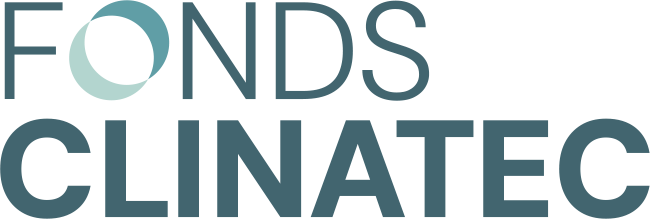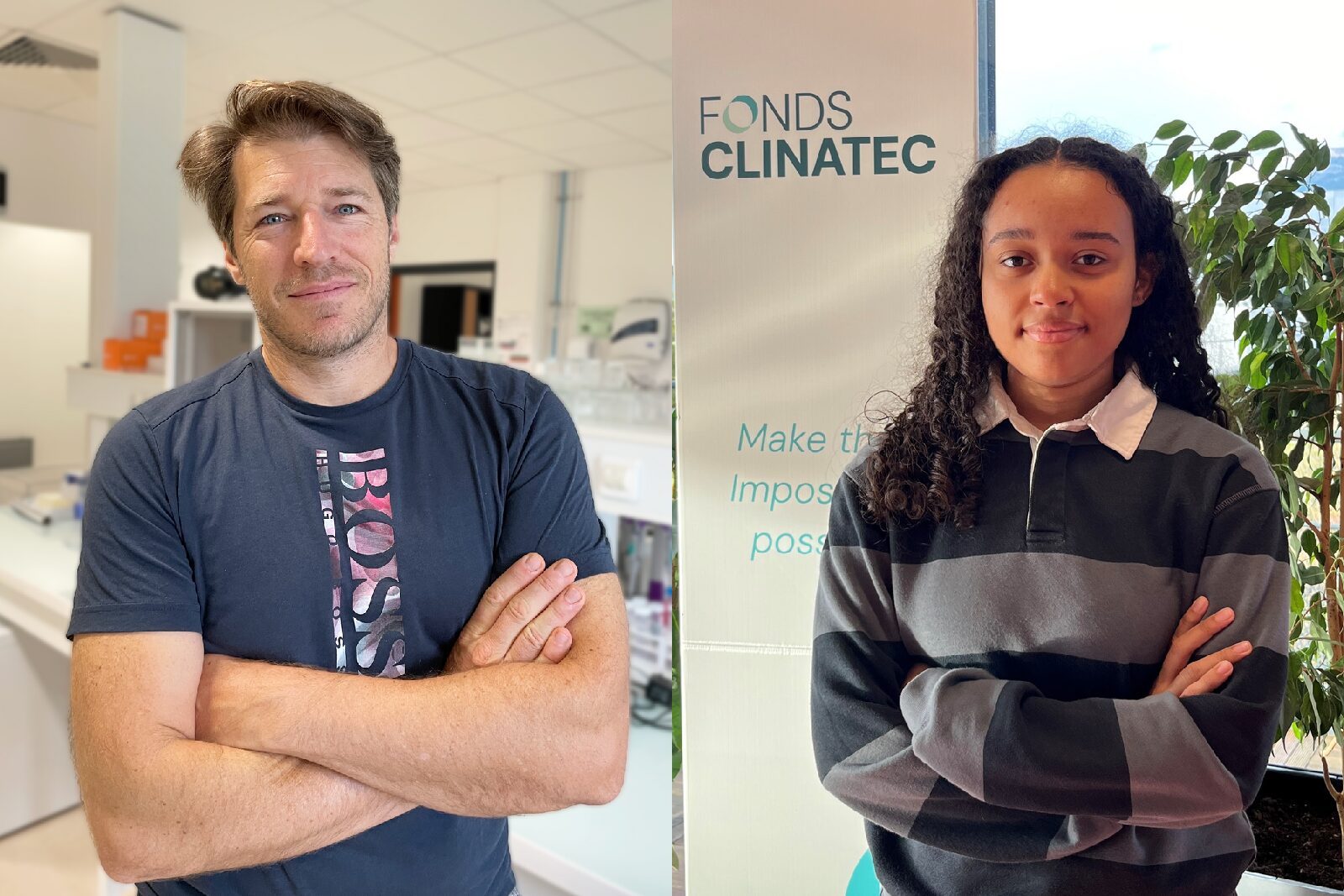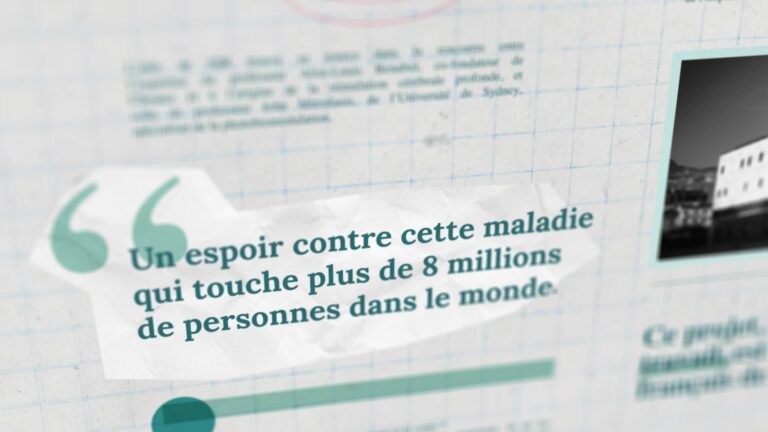Congratulations to Dr Marjorie Dole on receiving the Innovative Photobiomodulation Research Award from the PBM2024 London Jury.
During the conference, in the Innovative PBM research session, Dr Marjorie Dole presented advances from her clinical trials on the impact of infrared light on brain activity. Her presentation, entitled “Transcranial photobiomodulation improves performance on a motor task in healthy adults: the effect is greater on non-musicians“, highlighted the benefits for different age group. In recognition of her outstanding work, Dr Dole was awarded an Innovation Research Award . In the PBM mechanism, advanced research session, Dr Jaimie Hoh Kam presented her innovative work on detecting Alzheimer”s disease by analysing the light emitted by brain cells. Her presentation, entitled “Differential effect of photobiomodulation on biophoton activity in cultured brain cells”, opens up new perspectives in understanding this pathology. The Covéa NeuroTec programme, supported by Groupe Covéa Foundation since 2022, explores the effects ofphotobiomodulation on neurodegenerative diseases, in particular Alzheimer’s disease. In 2020, this pathology affected nearly 1 million people in France with 225,000 new cases diagnosed each year.
Read the abstracts:
« Transcranial photobiomodulation improves performance on a motor task in healthy adults: the effect is greater on non-musicians », Dr Marjorie Dole
We present preliminary behavioural results of the effects of transcranial photobiomodulation (tPBM) on a motor task performed whilst subjects were in a MRI scanner; it was part of a larger study evaluating tPBM effects on brain activity. We analysed differences between tPBM and sham in a group of healthy adults (n=20). We further divided this group into two sub-groups, based on age (young (n=15) vs older (n=15) and in a second analysis on music training (musicians (n=9) vs non-musicians(n=11)). Each subject received both active and sham treatments across two different, randomised, visits. The active treatment consisted of a LED lined helmet delivering light at wavelengths of 670nm (12mins) followed by 810nm (12mins) (wellred.com.au). The sham was the same device, but had masked LEDs. The motor task involved sequential finger tapping, where subjects performed randomly presented 5-digit sequences, over sixteen 20s blocks, with sequences changing between each block. We had three main measures; correct sequences, tap number and inter-tap interval. Each measure was compared pre- and post-stimulation for each group and both treatments. For the correct sequences subjects that received tPBM performed better than sham (p<0.05). When analysing the different sub-groups, we found that this effect was present whatever the age or music training. For the number of taps there were no differences between tPBM and sham, although there was a tendency for tPBM to perform better (p=0.09). When comparing the sub-groups, tap number was higher with tPBM than sham whatever the age or music training. Finally, for the inter-tap interval we found no major differences between tPBM and sham (p=0.19). However, tPBM improved the performance of non musicians (Post-Pre difference tPBM: p<0.001) but not in musicians (Post-Pre difference tPBM: p=0.11). In addition, tPBM was more effective in young subjects (p<0.001) than in older ones (p=0.52). In summary, our preliminary results suggest that tPBM improves motor task performance. The effect appeared more salient in non musicians compared to musicians, and in younger compared to older individuals. Our early results are encouraging and we are in process of increasing our sample size for all groups.
« Differential effect of photobiomodulation on biophoton activity in cultured brain cells », Dr Jaimie Hoh Kam
Introduction Biophotons, also called ultra-weak photon emissions, refers to the release of light by the metabolic reactions of all living cells. Here, we detected biophotons from both cultured Neuro-2a cells and astrocytes under different conditions; at rest, after application of a stressor and after photobiomodulation treatment. In essence, we tested the idea that biophoton activity can reflect different states of stress and whether photobiomodulation can influence these activities. Methods – Biophotons from cultured Neuro-2a (CCL-131) cells and C8-D1A astrocytes were analysed at ambient temperature in complete darkness. Biophotons were measured using a photomultiplier for 10 mins. The cells were treated with an LEDs emitting 670nm and 810nm for 2 mins at either 50mW/cm2 (810nm) and 70mW/cm2 (670nm)- low dose or 96mW/cm2 (810nm) and 134.6mw/cm2 (670nm) – high dose equating to a dose of 6J/cm2 /8.4J/cm2and 11.5J/cm2 /16.2J/cm2 respectively. After treatment, biophotons were measured for another 10 mins. Cells were then treated with sodium troclosene as a stressor and the number of biophotons were measured for 10 mins. Results and Conclusions – We found that both the Neuro-2a cells and astrocytes emitted a small number of biophotons at rest (n=14.5 and 12.4 respectively). This number increased substantially for both Neuro-2a cells (n=28.4), and the astrocytes (n=29), when stressed with sodium troclosene. When treated with 670nm/810nm light, biophoton emission was reduced in the Neuro-2a cells compared to the control (p<0.0001 for both energy intensities), but hardly in the astrocytes (p= 0.0171 for low dose and p=0.0532 for high dose). In conclusion, our results indicated key differences in biophoton activity under states of health and that photobiomodulation has a differential effect on this activity on the different types of brain cells.



